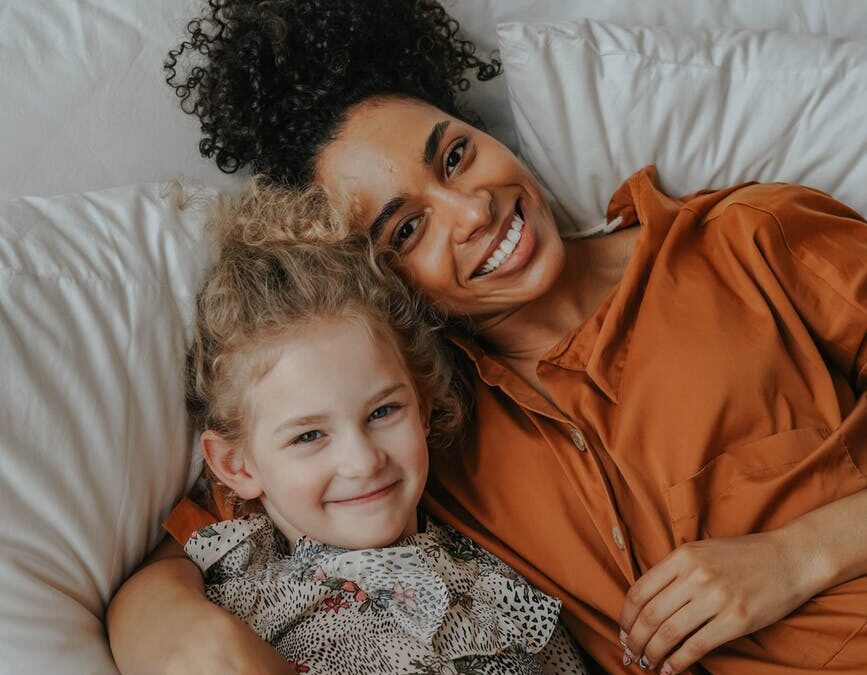Choosing the right bed for your child is made simple with this ultimate guide.
After reading it you’ll be able to:
- Choose a suitable mattress for your child
- Identify when your child is ready for a larger bed
- Know which type of bed frame is best for your child
- Appreciate the difference between mid and high sleepers
- Effortlessly select the right measurements for your child’s bed
- Confidently decide on a mattress protector to help with ‘accidents’
- Understand the important safety factors in choosing a bed for your child
- Realise the significance of growth and space for your child’s development
Your Child Growing Up Fast?
Is your child ambling about their day rubbing their eyes red and finding almost everything a trigger for a tantrum? Have they gone from being bright as a button to being too lazy to learn? Are playtimes no longer fun times, but an opportunity for nap times?
Long hours of learning in school. Running around the playground. Arguing with mum and dad about not wanting to wear socks. Children need significantly more energy than the average adult, or even, according to one study published by Frontiers In Physiology, professional endurance athletes.
There are two elements required to maintain such an active lifestyle in a healthy manner – a good diet, and a great night’s sleep. Asking a grown up to sustain such a busy routine with poor sleep would be harsh. Expecting it from a child would be cruel.
Bad quality snoozing can often be attributed to poor sleep hygiene. When it comes to children, it is often because they have outgrown their bed, either in physical terms, psychological terms, or both.
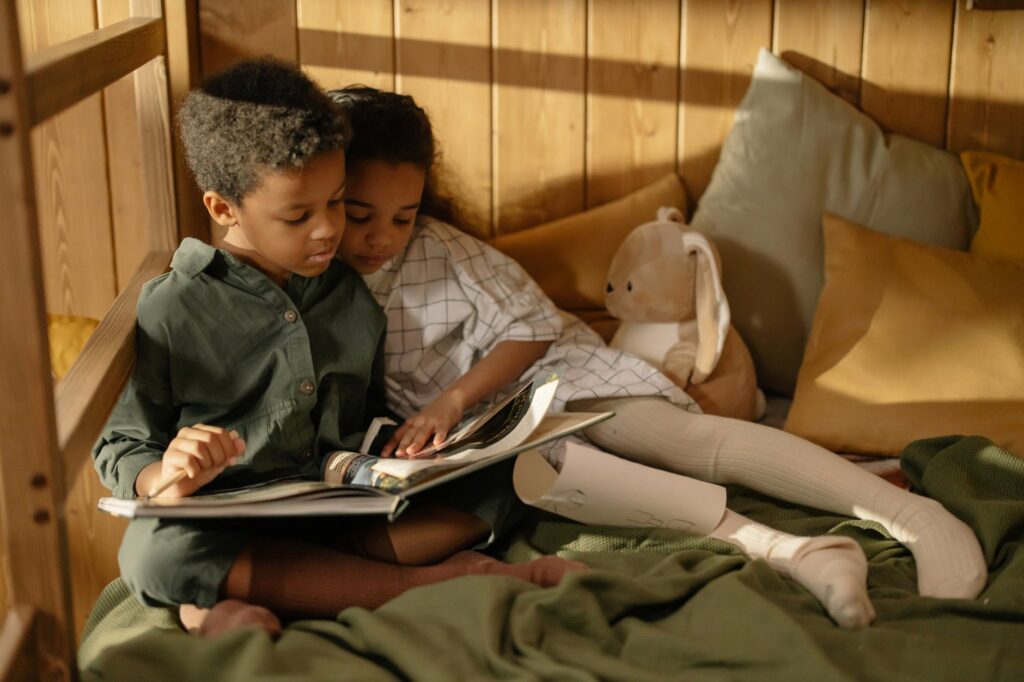
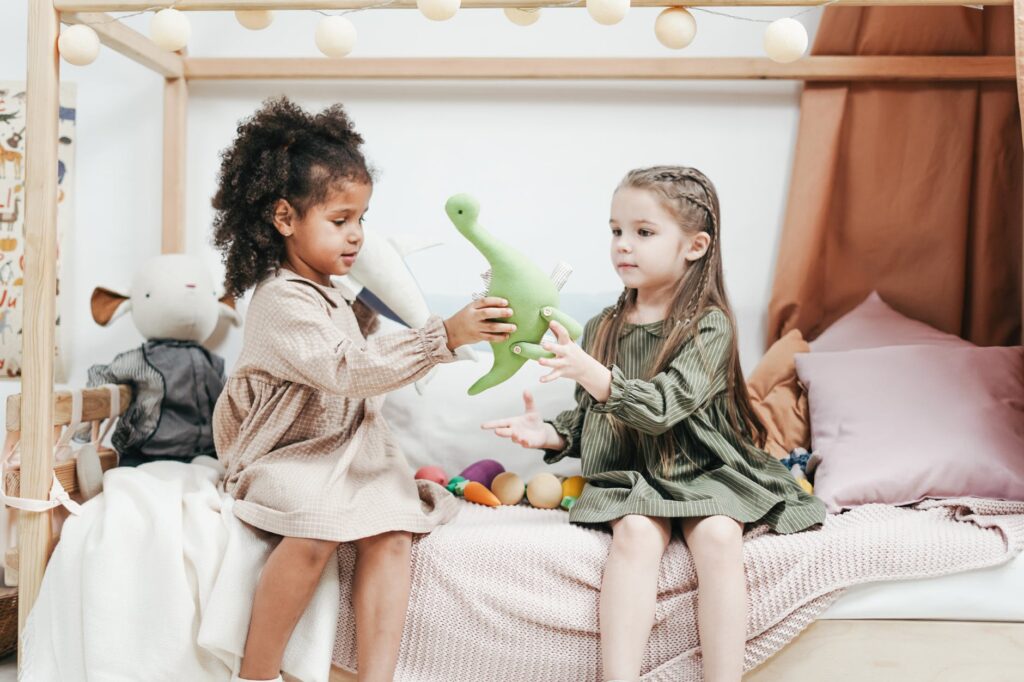
Choosing The Best Bed For Your Child
Every good parent wants what is best for their child’s development and wellbeing. A monumental task, it can encompass everything from ensuring they have a great education to equipping them with the most appropriate footwear. With so much to consider, it can be easy to overlook their sleeping arrangements.
Since the average child between 2 and 14 years of age spends up to 54% of their time sleeping, (according to SleepFoundation.org), plus many more hours sitting and playing in the same space, a thoughtfully chosen bed should be high on the list of parents’ priorities. For more information regarding how much sleep children of various ages need, consult our guide on Getting Enough Sleep.
The numerous factors that need to be thought of when choosing a child’s bed can seem daunting, but they are all effectively covered by the following two considerations:
Growth – How do you want to help with your child’s development?
Safety – Is this bed appropriate for your child?
Moving From A Cot To A Bed
You’ve braved the early days of your child’s sleep by helping them develop a routine (if you haven’t, then check out our guides on not getting stressed about your baby’s sleep, and why it’s important to focus on your own sleep as a parent). Now it’s time for the next phase in your child’s bedroom development.
Although most toddlers make the move during their third year, there is no set period when your child should make the transition from a cot to a proper bed. You can realise the signs that the time is right however, by looking for the following signals:
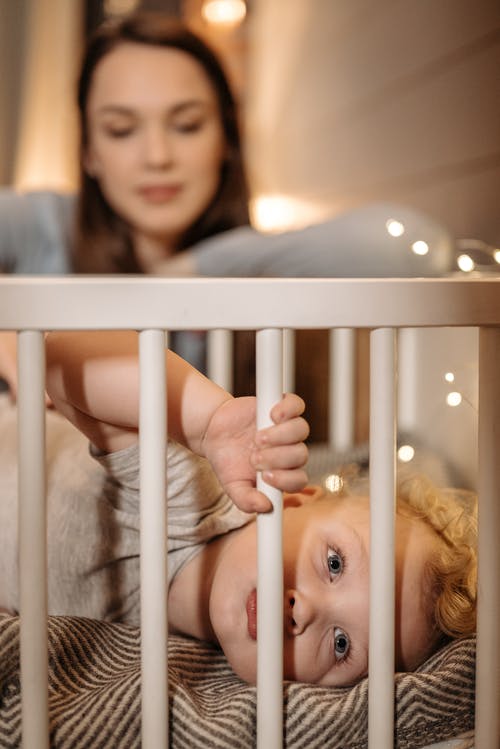
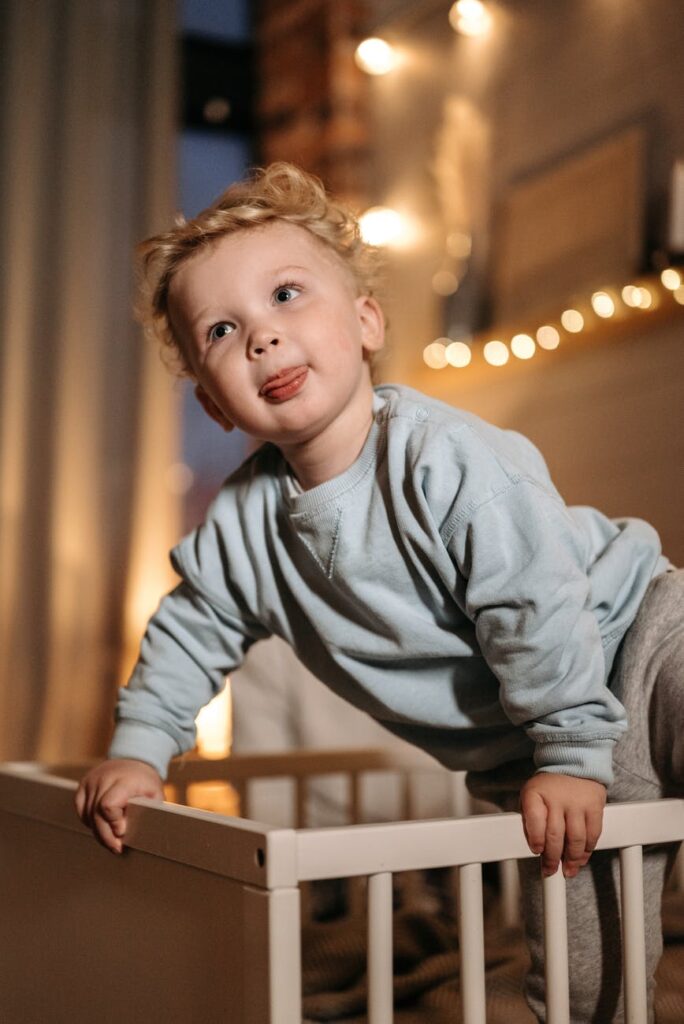
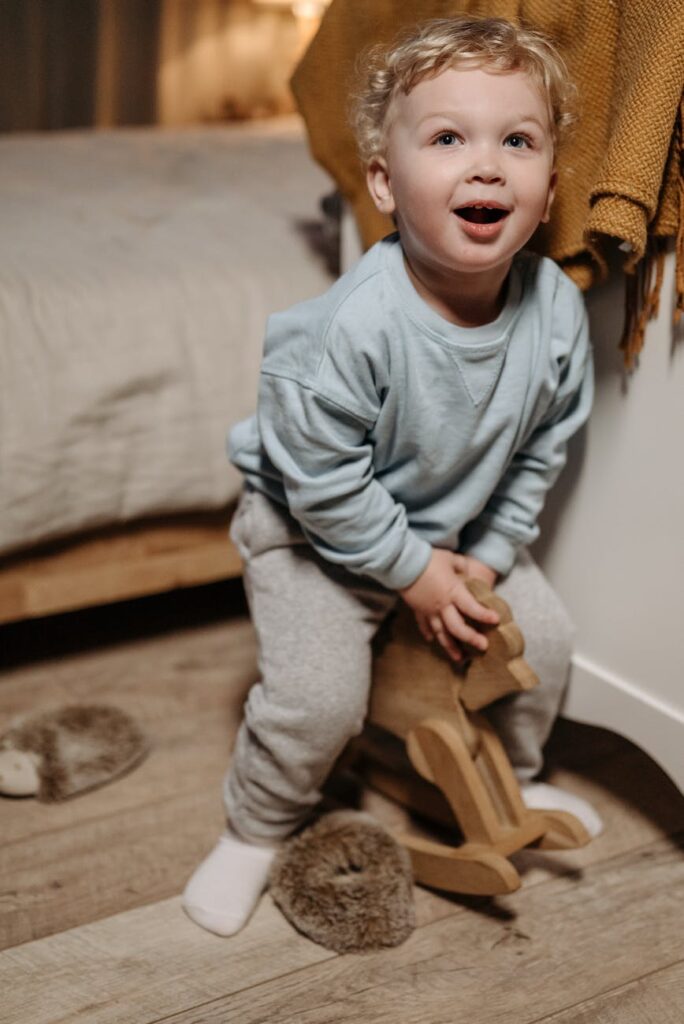
Physically Outgrowing The Cot
No, the crib isn’t shrinking, your child is getting bigger! If their feet are hanging over the side then you might want to consider that the space has become a little constricted for them.
Jailbreaking The Crib
If your toddler is regularly climbing out of the crib then it is a strong indication they are ready to transition to a proper bed. The sides of the cot have become redundant, and instead of protection are now only offering your child risk of injury during their bids for freedom.
Asking To Leaving The Cradle
If they have older siblings, toddlers will often observe and mentally prepare for a change of bed before a parent has even raised it as an issue. Once they begin conversations about transitioning you can start making arrangements and ease them into the idea of a ‘big’ bed without much hassle.
What Type Of Bed Frame Is Best For Your Child
Reliably strong bed frames and mattresses are crucial in supporting growing children. High quality bedsteads specifically designed for children will provide the necessary foundations required for a good night’s sleep.
For safety concerns, it is necessary before deciding on a bed for your child to check it is compliant with UK child bedframe regulations.
Once you’ve decided on a material, your attention will then need to turn to the style of bed, which requires thinking about your child’s development.
Single Beds For Children
If budget is a concern then it may be best to forgo any passing phase between infancy and adolescence by investing in a bed that will last the remainder of their childhood. A good strong, sturdy, children’s’ single bed is a reliable choice for any child. Not only will it afford room for growing, but with an attached side rail, parents can be sure it is safe for any child of toddler age or above.
Please note that single beds for children are not the same as adult ones, and must meet certain regulation criteria. Rest assured that all single beds in the Land of Beds children’s category are up to these standards.
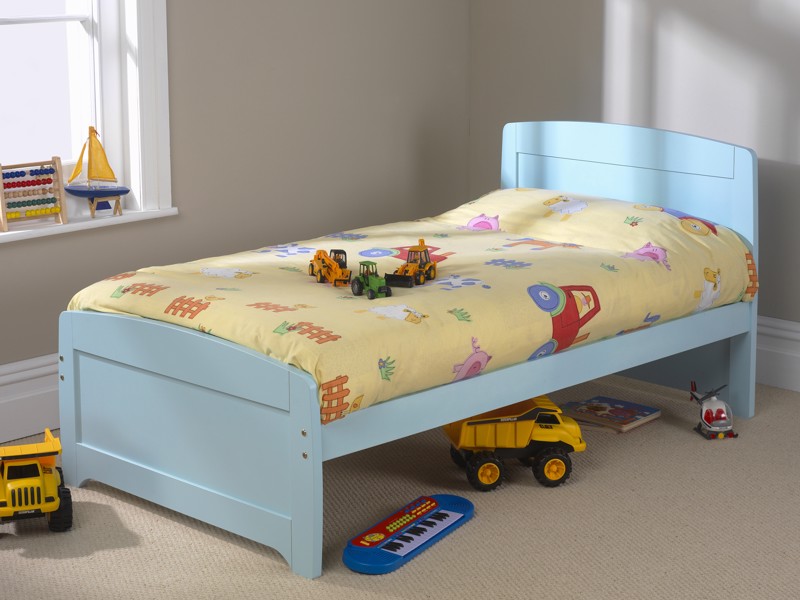
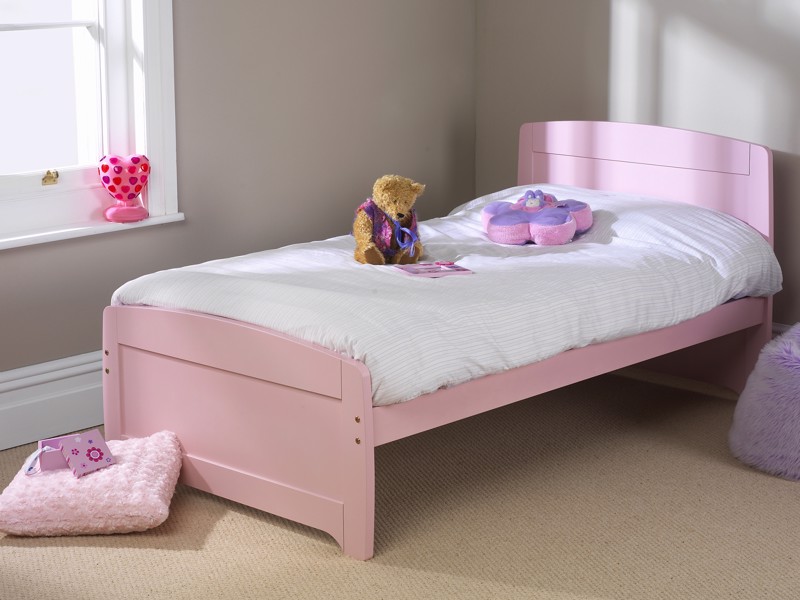
Fun Novelty Beds For Children
Fun novelty beds can help ease the change from a cot to a proper bed. Distracting a child with the prospect of sleeping in a racing car, for instance, can sometimes help smooth the transition. A fun bed can also add a touch of magic to a room, especially when a theme is built around it.
Often too impractical for smaller rooms in need of storage space however, and due to how quickly children grow and their tastes change, fun novelty beds are in some ways an extravagant décor choice on borrowed time. Occasionally made to an irregular size, replacing mattresses can sometimes be difficult too.
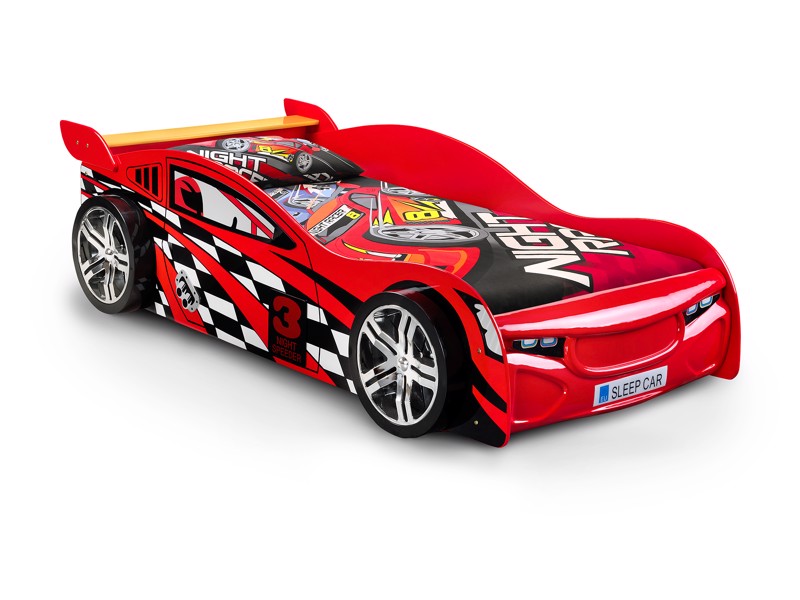
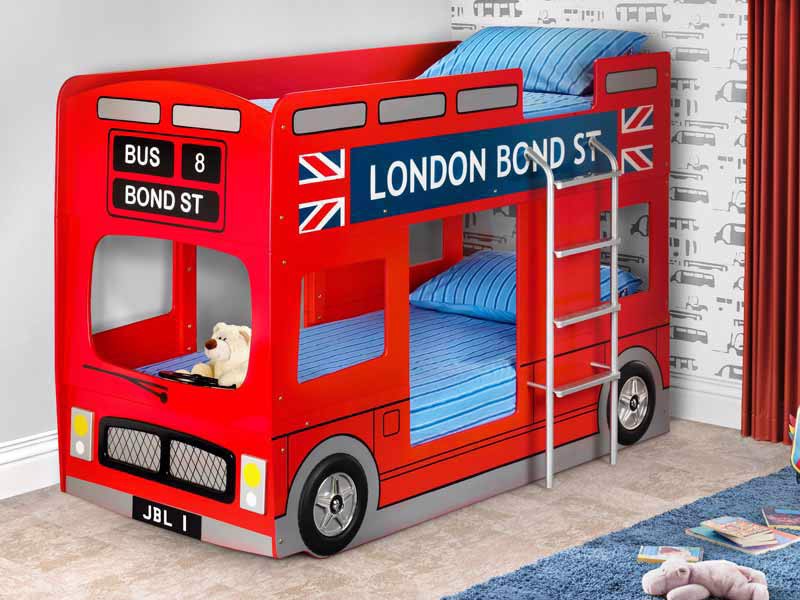
Bunk Beds For Children
Many children feel a magical affinity towards bunk beds. Not only is it a ‘big boy and girl’ bed, but the varying levels add a touch of mystery, a place for exploration, and a larger than usual item in their life to feel a safe sense of ownership over. The idea of a bunk bed exists in a realm somewhere in between the sparkle of childhood and the gravity of adulthood – practical, yet always promising the opportunity for another to come play.
If two kids are sharing a room then bunk beds are an obvious, essential type of bedframe to pursue. But even if your child is sleeping alone, these types of beds can be a sensible addition to their room. Aside from future proofing a sleeping space for any potential sibling, they can be relied upon for friend sleepovers, and even as a resting place for a parent of a poorly child who needs around-the-clock supervision.
By allowing an entire town of fluffy toys to live on the unused section, bunk beds are also an excellent space-saving solution. For safety reasons however, bunk beds should only be a sleeping option for children 6 years of age or older, and the max depth for a mattress laying on the top bunk must not exceed 15cm, so as not to sit higher than the guard rail.
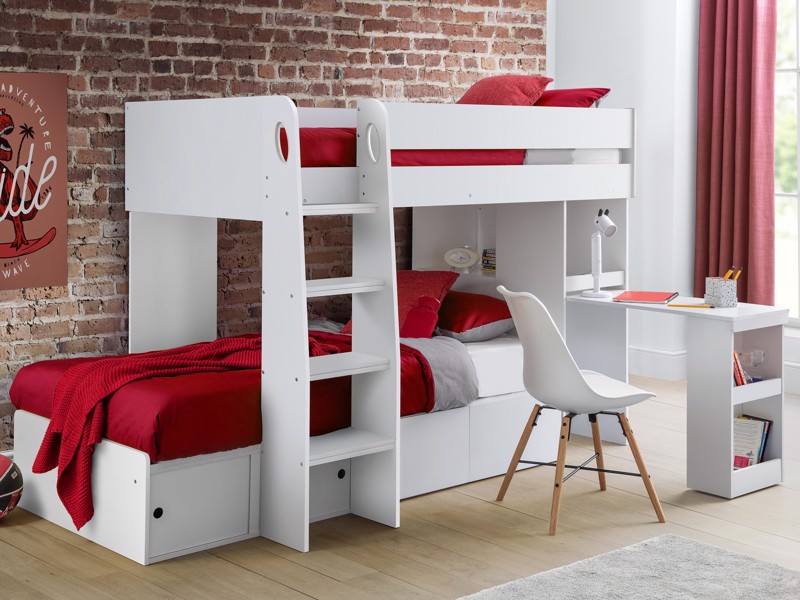
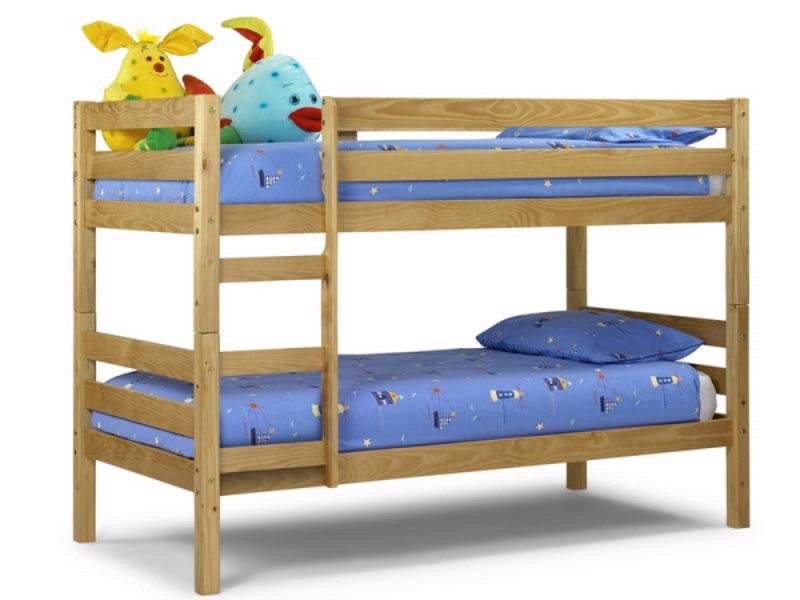
Cabin Beds For Children
Cabin beds inspire all the childlike excitement of bunk beds, but with space underneath for your child to grow into an adult. The area below the mattress is dedicated to child development, whether it be allowing more room to play or a place to study.
Playing is a crucial part of growing up. According to the American Academy Of Paediatrics it encourages the use of imagination, creativity, dexterity and emotional engagement. A cabin bed can either provide extra storage facilities so your child has more space to play elsewhere in their room, or a small open area for them to play in directly.
This play zone can help them feel safe to explore their creativity in an area of ownership. It also helps differentiate play time and sleep time by compartmentalising them, the slight change of space reinforcing the idea of performing different activities in different places. As a result, they should find it easier to unwind for falling asleep.
As they grow older, cabin beds can provide a child with their first office space. Similar to the function it served with playtime, a desk down below allows for a distinct separation between work and sleep time. Not only will it be useful for schoolwork, but having a specific area for papers and stationery embeds the concept of organisation early on, helping them develop skills that will be of use as they grow up.
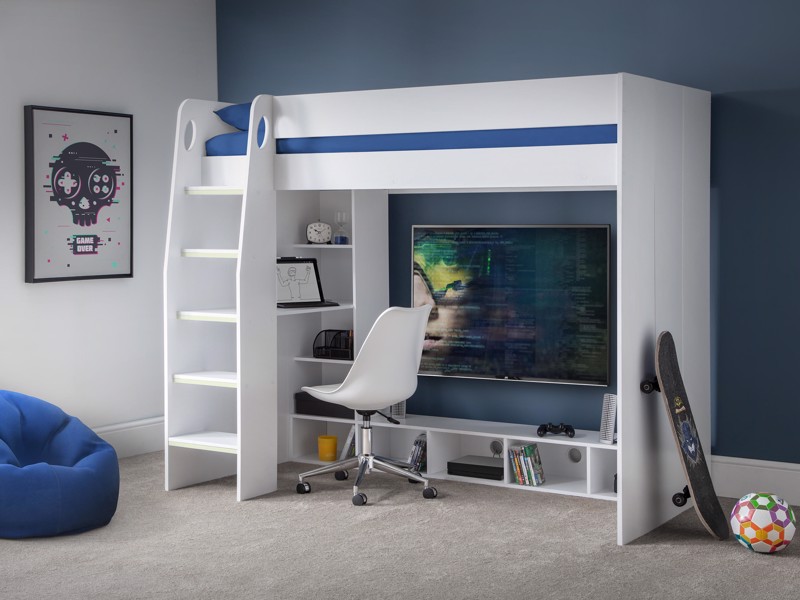
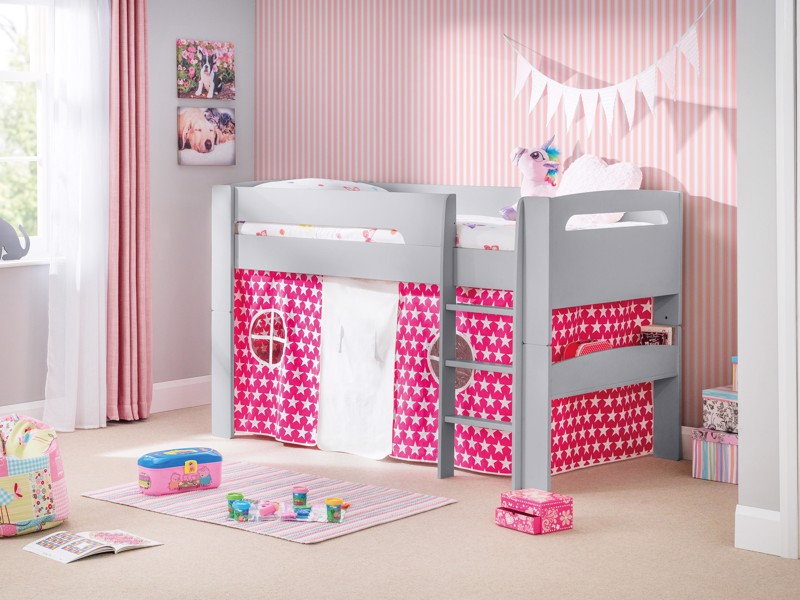
High Sleeper Or Mid Sleeper Cabin Bed?
Mid sleeper and high sleeper beds are very similar, the only difference being, as the names suggest, the heights. Both offer excellent use of space and normally require steps or a ladder to access the sleeping area. High sleepers, sometimes referred to as loft beds, usually reach 5 to 6.5 feet tall, while their shorter counterparts are 4.5 feet or less.
Which type of bed is best for your child depends on how much height their bedroom ceiling can accommodate and how high you feel is safe for them.
What Type Of Mattress Is Best For My Child
The continuous growth of muscles, stresses on joints, and active lifestyle led by children demands a comfy night’s sleep. This requires a mattress that encourages good posture, can be easily cleaned, and supports their rapid weight increase. Only a high quality mattress will be able to endure the extreme rigors of jumping, rolling around and fidgeting that accompany youth.
Pocket Sprung Mattress
Open coil springs distribute your child’s weight across its entirety, providing good support and helping align the spine. A pocket sprung mattress however, which features individually sectioned springs, is much more forgiving of movement, allowing for lots of tossing and turning.
Memory Foam Mattress
The comfort afforded by memory foam means your child won’t feel the need to move about quite as much, but could become a bit too warm after a while. As long as it is breathable, memory foam for a child should be fine, however due to how hot children can get at night, there is a slight risk of overheating. Because of this, if you do decide on a memory foam mattress for your child, make sure it is one specifically designed for children.
Latex Mattress
Hypoallergenic and eco-friendly, these offer many of the benefits of memory foam but are more breathable, helping your child remain cool as they sleep.
Once you have chosen a mattress for your child, don’t forget to flip and rotate it every few months.
Measurements For Various Child Bed Sizes
The following are only approximate measurements for bed sizes appropriate for children:
Small Single: 76cm X 190cm / 30” X 75” / 2.5ft X 6.25ft
Single: 91cm X 190cm / 36” X 75” / 3ft X 6.25ft
Small Double: 122cm X 190cm / 48” X 75” / 4ft X 6.25ft
Save On Spills With A Mattress Protector
No one wants to see a brand new mattress get ruined, and when it comes to children, we must accept that accidents are going to happen. But that doesn’t mean they have to grow up sleeping on a stained bed. Applying a top quality waterproof mattress protector to your child’s bed will ensure its cleanliness for years to come.
The type of mattress protector best suited to your child depends on the volume of ‘accidents’ they most frequently produce. Larger quantities of liquids tend to require protectors with more layers.
Discover more about them in our guide to choosing a mattress protector.
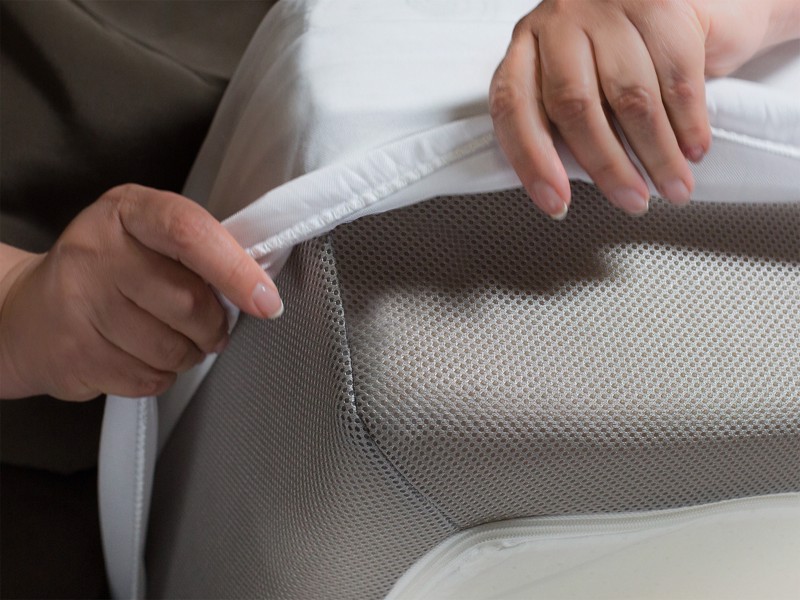
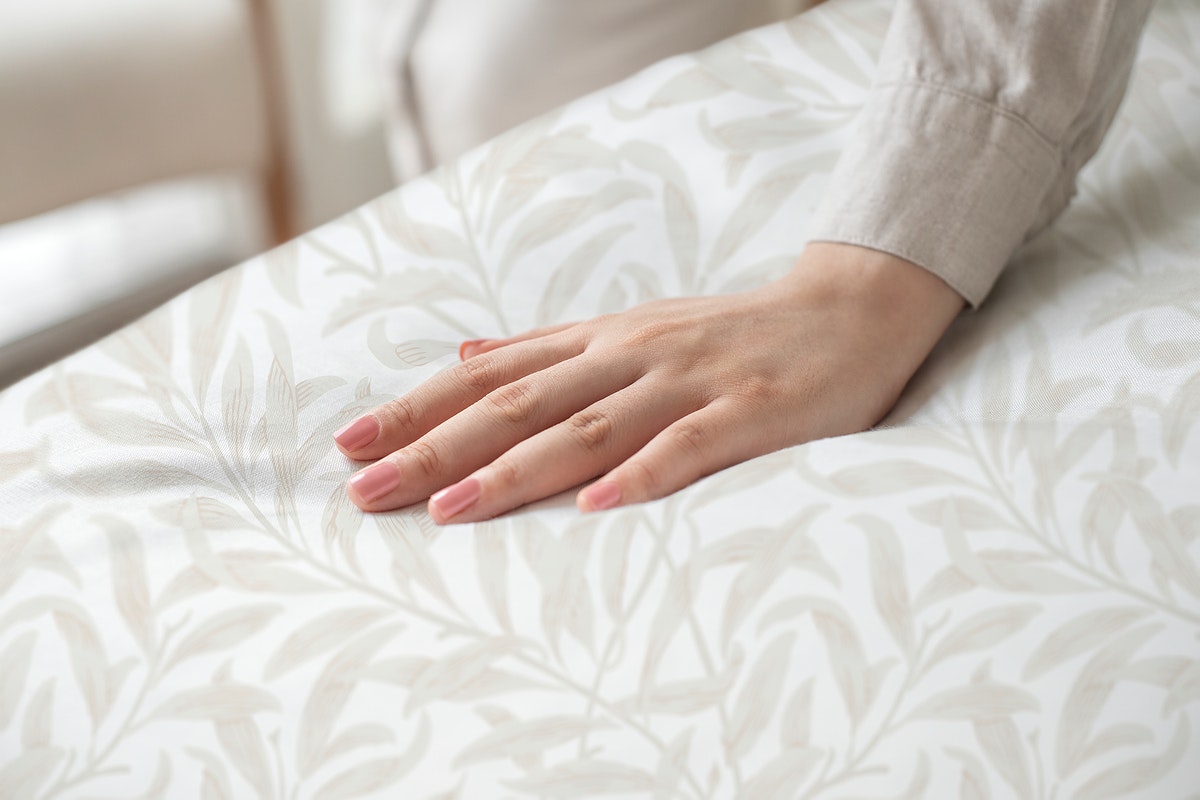
For more advice on what to do with your child’s sleeping space, take a look at How To Create The Best Bedroom For Your Child.
Already have a bed in mind for your child? Then turn your attention to the following:
Guide To Choosing The Right Pillow
What Type Of Headboard Do You Need?
Need Help Choosing The Best Bed For Your Child?
Deciding on the best bed for your child’s needs relies on many factors.
How much playing space do they need?
What capacity for storage is required?
Will they be safe?
There is no need to lose sleep over trying to choose the right bed for your offspring. Our bed experts at Land of Beds pride themselves on their specialist knowledge and ability to guide you to the bed that’s most suitable and safe for your child.
Our customer-first policy means we listen and give good, independent advice based on the needs of the individual. By pairing consumers up with ethically sourced, affordable, quality products, we provide as many people as possible with a great night’s sleep.
If you would like help connecting your child with their ideal bed, feel free to get in touch with us on 01928 242829

